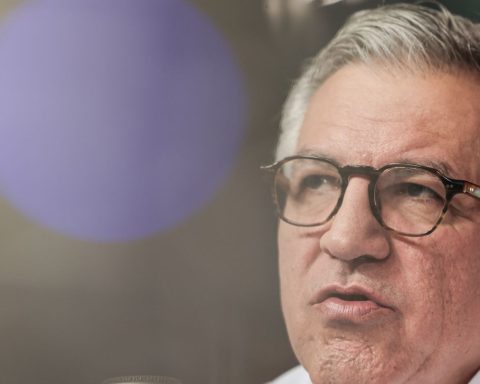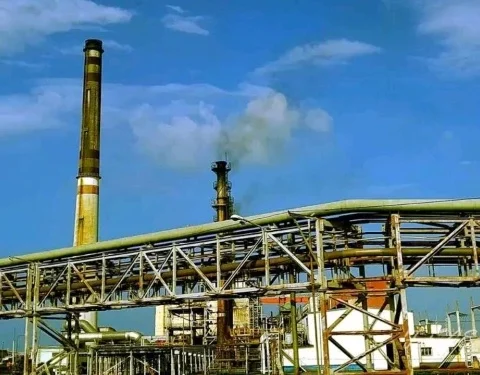The country has been advancing a roadmap for the green hydrogen seeking to become an exporter of this new e-fuel. Which would be produced with the surpluses of the generation of renewable energies (wind and solar) in the projects that are advancing in the country.
(Read: Economic Effects of the US’s Largest Water Reservoir Drying Up.)
This implies being an exporter of hydrogen to Europe and Asia. “We are reviewing because we want Colombia and the region to be a power to be able to supply energy in the long term”, said Diego Mesa, Minister of Energy, in the framework of the Latin America Energy Week.
The senior official stressed that work is being done to achieve an interconnection with Panama and improve the current interconnection with Ecuador.
In this event, 15 Latin American countries, including Colombia, acquired the commitment that their energy matrices be 70% renewable (this includes water resources and solar and wind sources, among others) by the year 2030.
In the country, the renewable energy matrix exceeds 70% of the hydro projects and the incorporation of non-conventional renewable energies already reaches 12%.
To take advantage of surplus energy that may arise from generation with unconventional projectscountries are focusing efforts on the generation of green hydrogen.
André Clark, vice president for Latin America at Siemens Energy, assured that
green hydrogen is a real alternative and Latin America offers enormous advantages in the
production of this fuel. “It is not just a solution to an immediate problem, but a potential to effectively transform the industrial policy of the continent into a more efficient and ecological policy.”, he pointed out.
(Keep reading: Mining unions do not see the State buying coal as viable).
From the private company, the panelists agreed to make a call to the governments, in order to advance in regulatory matters and agreements that allow them to consolidate energy integration in the region.
BRIEFCASE

















